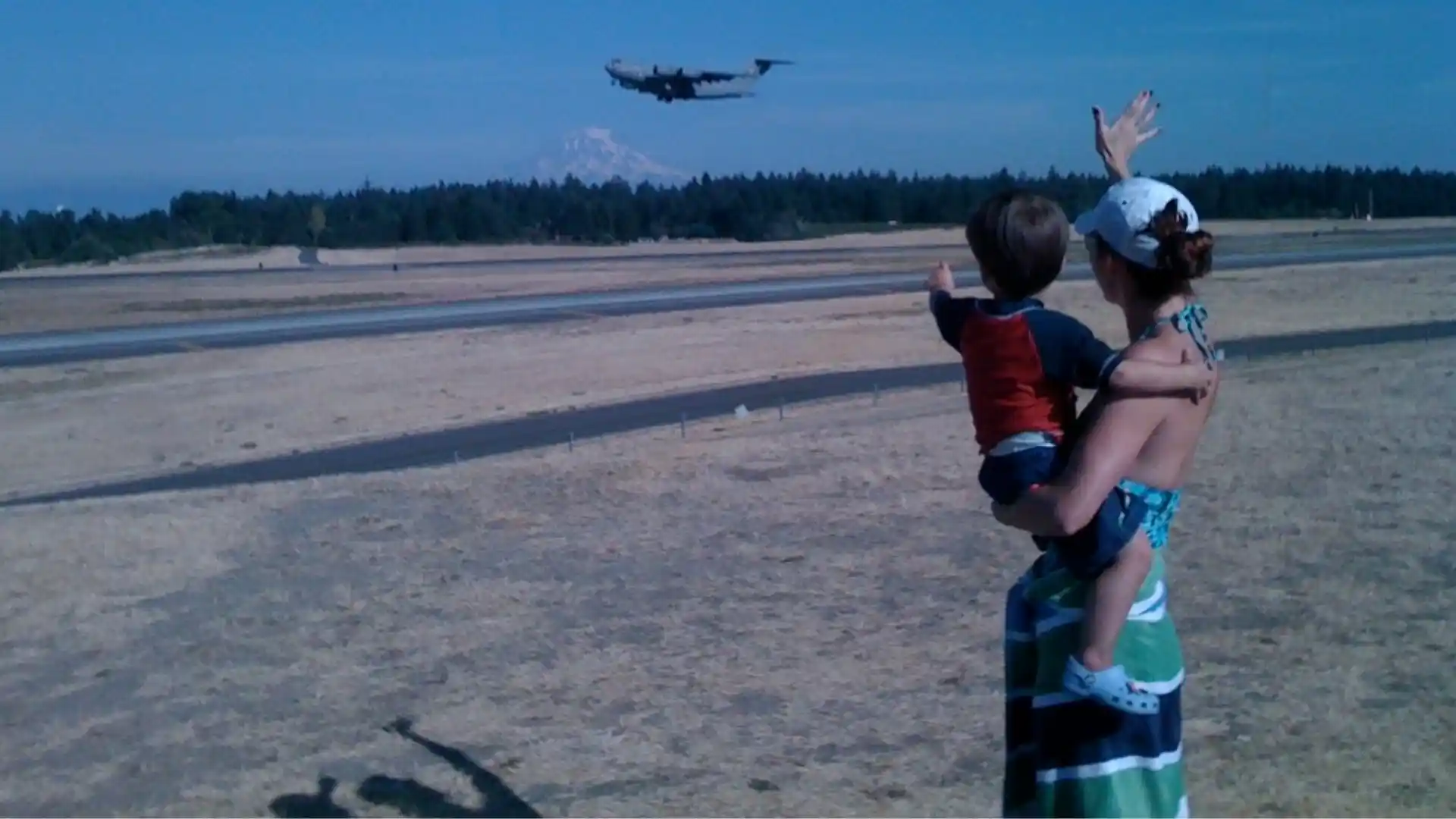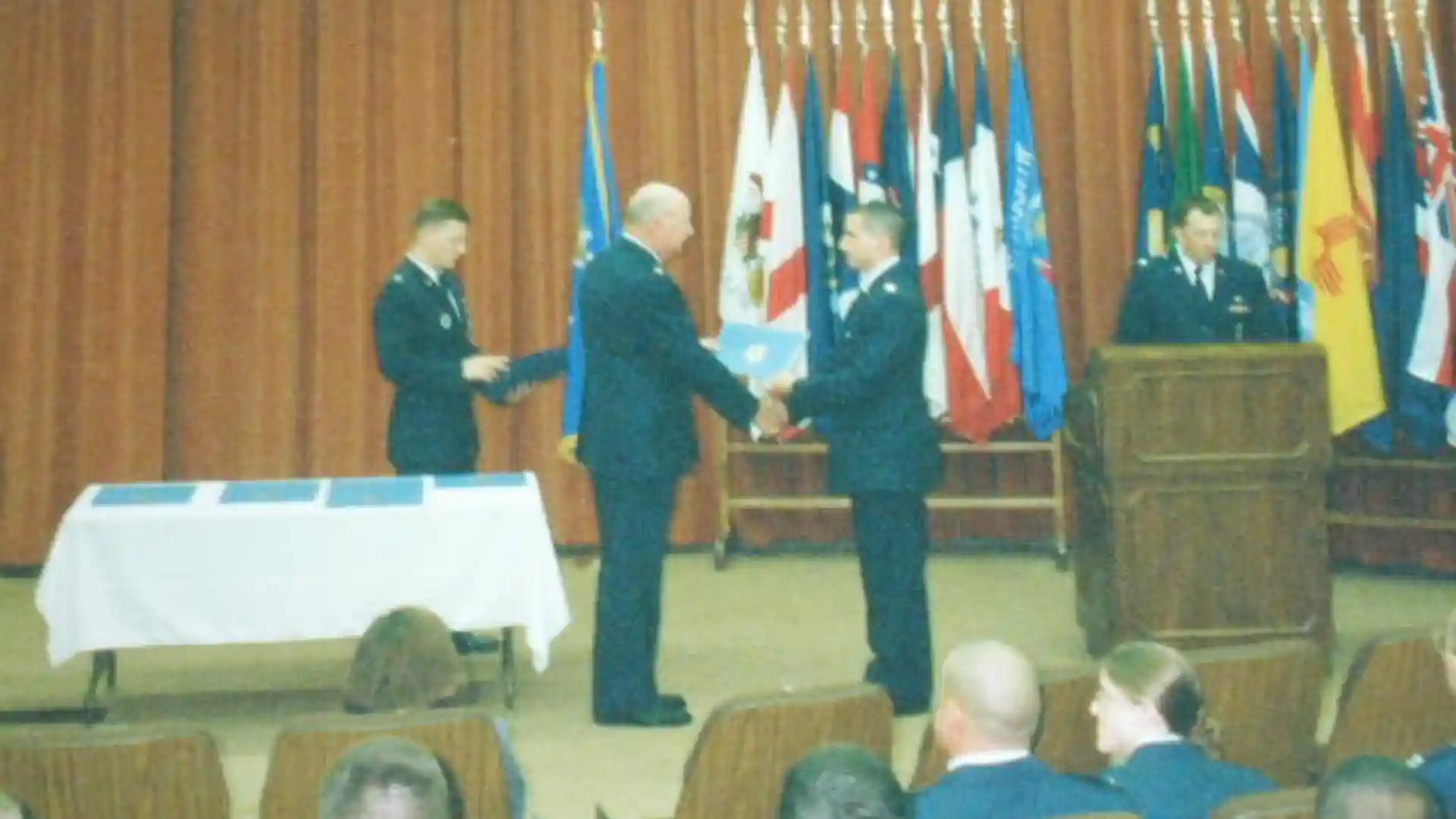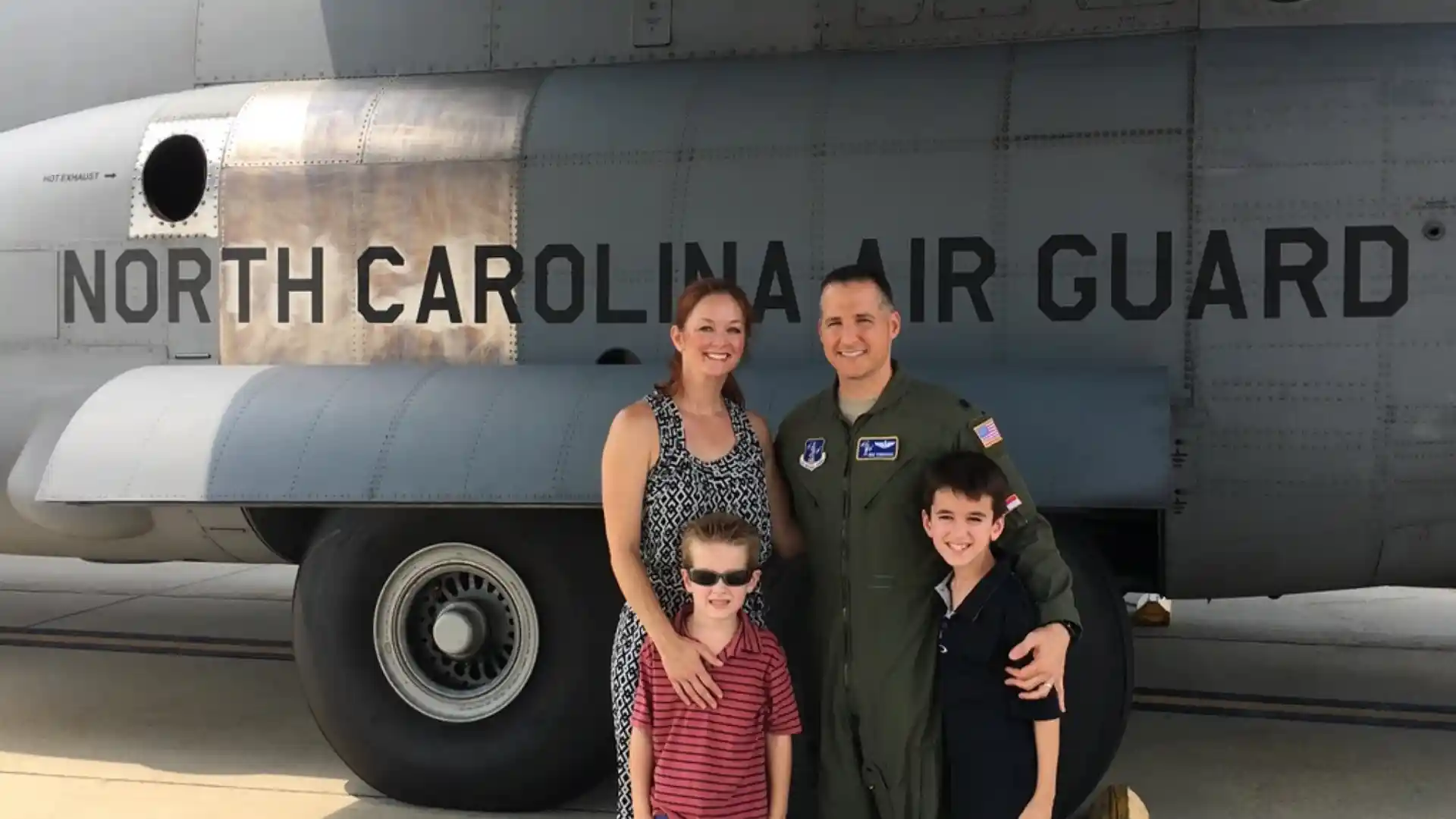When you think about flying, you probably picture takeoff, the view from your window, or maybe the snacks. But there’s a whole team behind the scenes making sure everything goes smoothly—especially air traffic controllers. These pros guide planes safely from gate to gate. They manage busy skies and handle emergencies that most of us never hear about.
In this article, I want to take you behind the scenes and share a few real-life, heart-pounding stories I found on the Voice of Valor, Air Traffic Control Podcast. These stories made me realize how intense and critical their job really is. From near-misses to heroic saves, air traffic controllers are the silent safety net for every flight.
Table of Contents
ToggleThe Critical Role of Air Traffic Controllers in Aviation Safety
Air traffic controllers are like orchestra conductors, but instead of music, they guide jets through the air. Their job is to keep planes at safe distances, help them take off and land, and keep the skies organized. Sounds straightforward, right? But it’s far from it.
They juggle dozens of planes at once, monitor weather and emergencies, and talk to pilots non-stop. I remember touring an airport tower during a college aviation program—seeing their screens, hearing the constant chatter—it was intense. One controller told me, “You can’t afford even a second of distraction.” That stuck with me.
Controllers stay calm no matter what. Thunderstorms, tech failures, even emergencies—they make quick decisions to keep everyone safe. It’s not just a job. It’s a mission.
Life-Saving Air Traffic Control Stories
What I love about the Voice of Valor podcast is how it brings these stories to life. You hear real people in real situations, making choices that save lives.
The Urgent Medical Emergency
In one episode, a passenger had a heart attack mid-flight. The pilots needed to land right away, but the skies were packed. That’s where the controller stepped up.
They cleared a flight path, rerouted traffic, and had emergency crews waiting. Calm voice, clear guidance—the plane landed safely.
That reminded me of a friend’s in-flight emergency a few years ago. They had low blood sugar and panicked mid-air. A calm flight attendant helped—and I thought, imagine that stress at 30,000 feet. The controller’s steady guidance likely saved a life.
Engine Failure and the Skilled Controller
Another gripping episode featured a plane that lost an engine mid-air, far from a major airport.
The controller didn’t hesitate. They found the nearest airstrip with the right runway length, rerouted other planes, and got emergency crews on standby. Their knowledge and calm kept everyone safe.
It made me think of my first flight in a small aircraft during flight school—engine hums meant safety. I can’t imagine the fear if one failed. That controller’s precision made all the difference.
The Importance of Communication and Calm Under Pressure
Good communication can mean the difference between routine and disaster. The best controllers stay composed no matter what.
In a podcast episode set near New York City—one of the world’s busiest skies—a controller handled dozens of flights during peak hour. He kept everything flowing like clockwork.
I’ve been stuck in NYC gridlock before, and that’s stressful on the ground. In the sky? With lives on the line? That controller’s performance was next-level.
Another story talked about a sudden storm rolling in. Planes were headed straight for it. The controller rerouted multiple flights, calmly, in seconds. No drama, just results. It’s that kind of quick thinking that prevents catastrophe.
How Technology Is Revolutionizing Air Traffic Control
While skill drives everything, technology plays a big role in helping controllers do their jobs better. Real-time radar, GPS accuracy, and faster comms are all making a difference.
One controller described a nighttime emergency in low visibility. GPS helped track the plane precisely. Even in the dark, they could guide it safely.
I’ve used flight tracking apps during storms just to know my own route—imagine doing that for a dozen planes, in real time. Tech helps, but the human brain and heart still lead the way.
The Future of Air Traffic Control and Its Impact on Passenger Safety
The future is exciting. AI and automation are starting to assist with routine tasks, like predicting delays or optimizing air routes. That means less workload and fewer errors.
Still, the podcast made it clear—emergencies demand human instincts. When a quick, smart call is needed, machines can’t beat human judgment.
I think it’s like having a GPS in your car. It helps—but when the road is blocked or things get weird, you need to make the call. That’s what controllers do, every day.
Conclusion
Air traffic controllers are aviation’s unsung heroes. You might never see them, but they’re the reason so many flights end safely.
Their training, focus, and instincts are lifesaving. The Voice of Valor podcast opened my eyes to their world. I gained a whole new appreciation.
So, if you’re curious, give it a listen. It’s full of real voices, intense moments, and the calm in the chaos that keeps skies safe. Next time you fly, think of the person guiding you from the ground—they might just be the reason you land safely.







